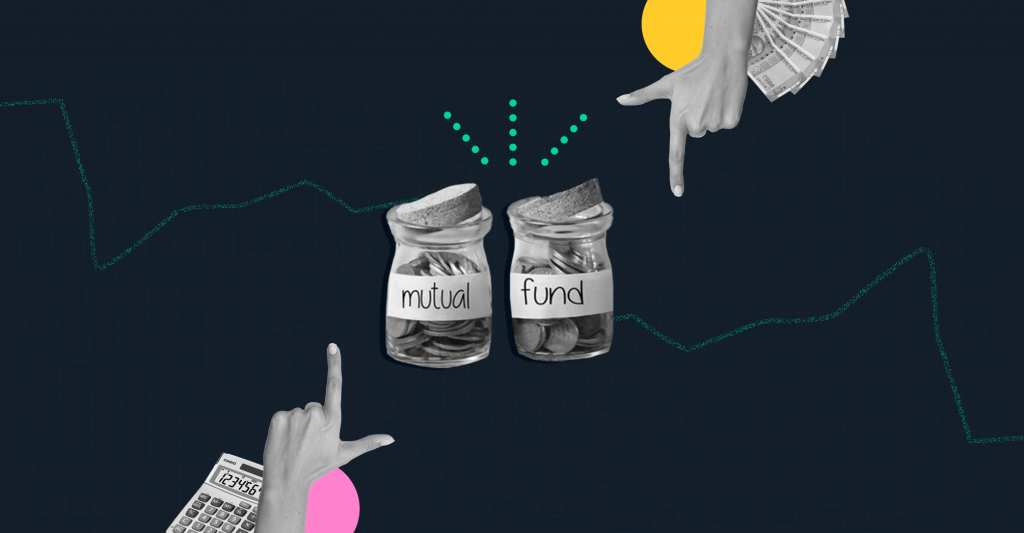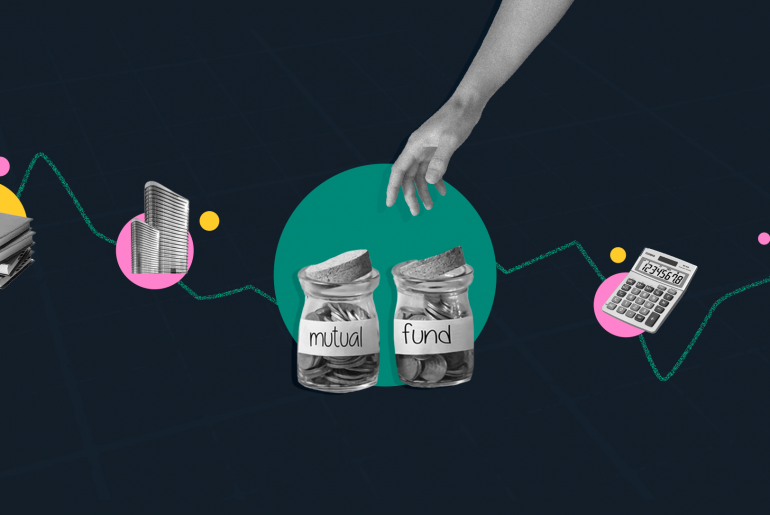Last Updated on Sep 1, 2021 by Manonmayi
One of the main advantages of mutual fund investments is the professional fund management that they encompass. The goal of mutual fund managers is to provide maximum benefits to investors. In this effort, they resort to various strategies. Side pocketing is one such strategy.
It is an uncommon terminology but side pocketing proves to be quite a beneficial activity. Let’s understand what this involves.
This article covers:
- What is side pocketing?
- How does side pocketing work?
- Benefits of side pocketing
- Drawbacks of side pocketing
- Side pocketing – important things to know
Table of Contents
What is side pocketing?
Side pocketing is an activity undertaken by the fund managers of a debt mutual fund. In such funds, instruments whose credit rating falls are segregated from other instruments and put in a different portfolio. This activity of picking instruments with a reduced credit rating and shifting them to another portfolio is called side pocketing.
How does side pocketing work?
To understand the working of side pocketing, you need to have a little understanding of how debt mutual funds work.
Debt mutual funds invest their portfolio in debt instruments, i.e., investments that usually carry a fixed rate of interest income. The fund manager buys and sells debt instruments to provide a balanced risk-reward opportunity to investors.
Debt funds do not face risks of price fluctuation and volatility that are rampant in the equity markets. However, they do face credit risk. This risk arises if the holder of the debt instrument fails to pay for the instrument on maturity. For example, say in a fixed deposit scheme, if the financial institution fails to pay back the deposit on maturity, it would be a case of credit risk.
To measure the credit risk of a debt instrument, a credit rating is assigned to them. The higher the credit rating, the safer the instrument is considered to be. Safer instruments are in demand in the market and can be easily traded.
However, if the credit rating of the instrument falls, the credit risk increases. When this happens, such downgraded instruments become unattractive from the trading point of view. Fund managers can sell off such instruments from the portfolio. However, this would result in surplus funds and also reduce the NAV, thereby giving negative returns to investors. Alternatively, fund managers can transfer such downgraded assets to another portfolio, thereby stabilizing the NAV. This is how side pocketing works.
Existing investors continue to hold onto the units of the schemes that have been side-pocketed. Fund managers can restrict the redemption of such units up to a specified period if they predict the credit rating to increase at a later stage. New investors, however, do not get exposure to the side pocketed portfolio, usually. Later on, if the rating of the securities rises back, the existing investors can get the benefit of such an increase and enjoy good returns for holding onto their units for the long term.
Benefits of side pocketing
Side pocketing has major advantages, which is why it is resorted to by many fund managers. Below we discuss some advantages.
1. Fair for investors
When the rating of instruments is degraded, existing investors face a reduction in their returns as the NAV of the fund is affected. New investors in the scheme, however, do not feel the pinch since they did not invest in the instrument in its prime days. If the rating bounces back and the value of the portfolio improves, new investors also get the benefit of the improved NAV. This is unfair for existing investors who bore the brunt of the degradation that new investors did not have to. Side pocketing removes this disparity. It holds the downgraded assets in a separate fund, not accessible by new investors. Any rating upgrade, later on can be enjoyed only by the existing investors who stayed invested.
2. Stability
By transferring the riskier assets to another portfolio, fund managers can stabilize the overall NAV of the portfolio. Since the assets are frozen, the disruption to the portfolio is minimized.
3. Protects liquidity
In the case of redemption, fund managers can sell off the liquid assets of the scheme to meet the redemption pressure. This maintains the liquidity of the fund from being choked by downgraded assets.
Drawbacks of side pocketing
Side pocketing also has its limitations that you should know about. These include the following:
- Side pocketing does not guarantee recovery. If the rating does not recover, existing investors would ultimately lose out on their investment.
- The fund manager might not have the desired experience or the right strategy to create suitable side pockets.
- It might create a negative view of the AMC if the investors are not on the same page with the AMC’s decision to create a side pocket.
Side pocketing – important things to know
Side pocketing is not mandatory. Though SEBI has allowed AMCs to resort to side pocketing, it is completely at the discretion of the fund manager. If the fund manager chooses to opt for side pocketing, investors are duly informed about the same. You might also receive an exit window within which you can exit from the scheme if you do not want to hold onto the instruments which are being allocated to the side pocket.
Side pocketing is gaining traction with changing economic conditions as debt instruments are suffering a credit downgrade across the globe as an after-effect of the COVID-19 pandemic. Understand what side pocketing is all about and how it works, especially if you own a debt mutual fund. This would help you decide whether to hold onto the portion of the fund that is being side pocketed or exit from it.




